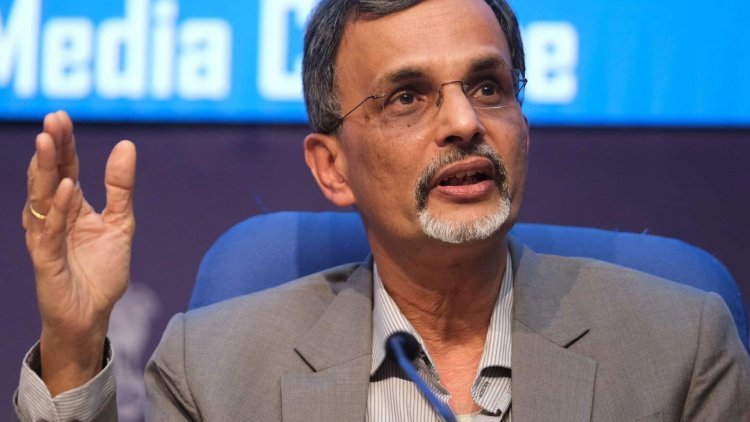According to CEA Anantha Nageswaran, the Indian Rupee can care for itself
The chief economic adviser of the government made his remarks at a difficult moment for the Indian rupee, which first crossed the 80-to-dollar threshold in the middle of July.

According to Chief Economic Adviser V Anantha Nageswaran, the rupee does not need to be "defended" by the Indian government because it is self-sufficient.
The government's top economist said on September 13 at the 15th Mindmine Summit that "I don't think India is defending the rupee. I think India is just making sure that the market forces and the economic fundamentals direct the rupee in a particular direction and making sure that it is happening smoothly and gradually."
The rupee "can take care of itself," he continued. "I don't think Indian fundamentals are such that we need to defend the rupee."
The Reserve Bank of India (RBI) has been using its foreign exchange reserves to lessen volatility as the rupee's exchange rate remains under pressure to fall.
The RBI has made it clear that it does not set its sights on a specific level of the currency rate and simply intervenes in the foreign exchange market to reduce volatility. The RBI's foreign exchange reserves, according to the most recent data, had decreased to $553 billion as of September 2 due to the recent FX market volatility. The level of reserves is at its lowest point since October 9, 2020, and is around $100 billion below the record high set in the second half of 2021.
Speaking about growth, Nageswaran noted that although international agencies estimated India's trend growth rate at 6%, he was much more upbeat and believed there was still room for at least another 100 basis points of growth because India had "paid its dues" during the preceding ten years.
The corporate sector is waiting to borrow money and invest because it has been temporarily held back by the war and the pandemic, but Nageswaran asserted that the investment spending that we saw between 2006 and 2012 will return. "The banking sector and corporate sector were both repairing their balance sheets (in the last decade), and that repair work is done.
"I am thinking 6% as the very easily attainable growth rate. I am adding 0.5 percent from the capex boom. Another 0.5 percent will come from the digital public infrastructure we have created. We haven't fully understood its positive impact on formalisation and access to finance, and therefore it's positive contribution to economic growth. And if in some years we have the global cycle operating in our favour, that export growth will give us an additional I percent.
"I believe that for the duration of this decade and beyond, our trend growth rate will easily reach 7 percent per annum."
According to the RBI's prediction, India's GDP will increase by 7.2% in FY23. The majority of experts predict a considerable decline in growth beginning the following year as a result of the tightening of domestic monetary policy and predictions of a recession in advanced economies.




 admin
admin 




















